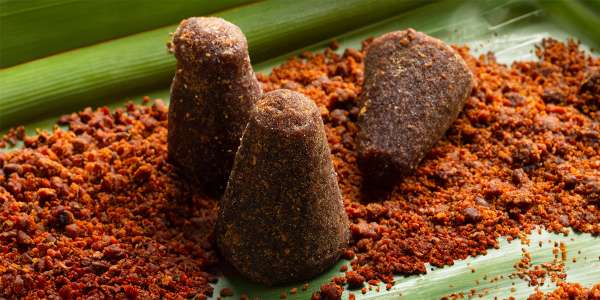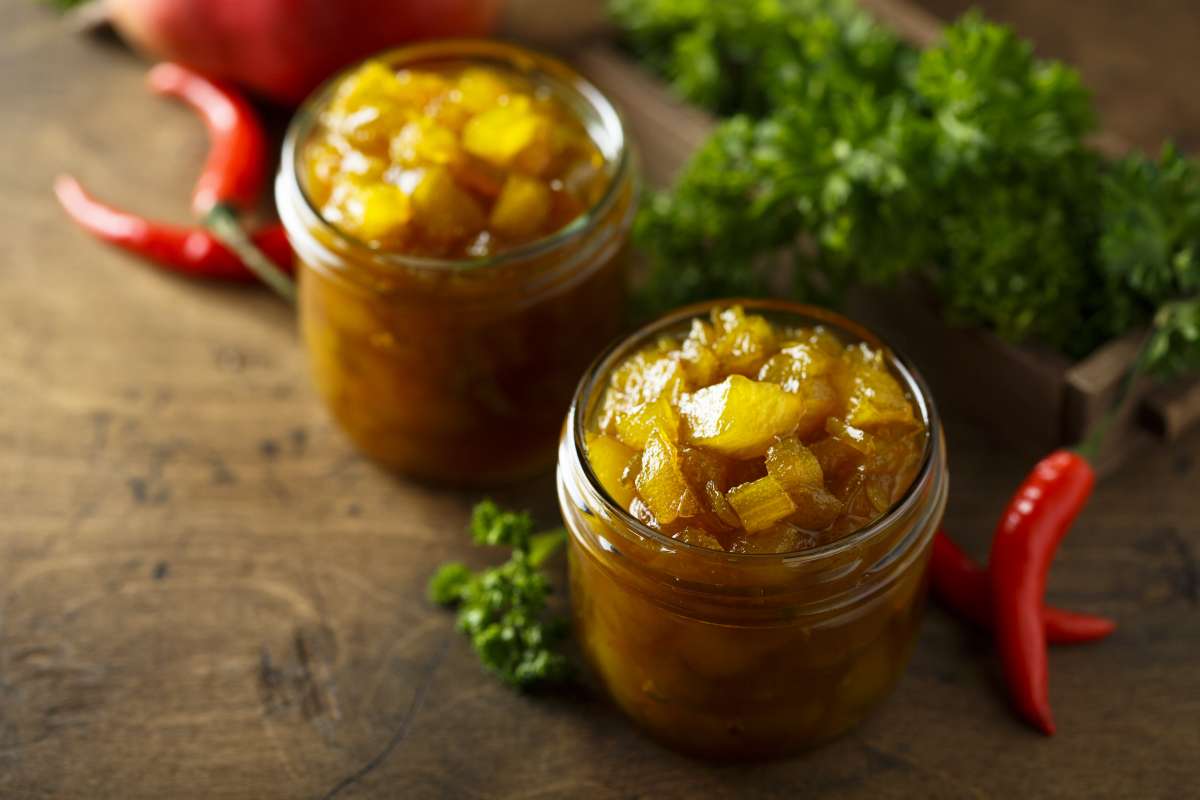
The lesser-known chutneys of India
Fiery or sweet, Indian food is incomplete without chutneys

Sweet, spicy or sour – chutneys are ubiquitous in any Indian meal. A little blob of chutney is said to enliven even a drab meal. In Indian culinary history, chutneys occupy a special place, lifting any meal above the mundane and even believed to aid digestion, as the Mughal Emperor Shah Jahan’s hakims had recommended. Notwithstanding several stories claiming its origin, either as an accompaniment, a spicy topping for chaats or a sweet dish, chutneys are flavour bombs that differ from region to region across India. So, while Bengalis prefer sweet chutneys concluding a wholesome meal, those in the North prefer it spicy and coconut-based pastes are predominant in the South. With the deeper exploration of regional flavours as predicted in the Godrej Food Trends Report 2021, here’s exploring the lesser-known unique chutneys across India.
Aamsattor chutney, West Bengal
Every Bengali household loves the sticky aamsotto (dried mango pulp). Fresh, vibrant, and bursting with flavours, a chutney made with aamsotto is an integral part of Bengali cuisine. In this recipe, cut aamsotto into small squares along with chopped tomatoes and de-seeded dates. In a kadhai, fry the tomatoes and then add tamarind pulp, aamsotto squares, dates, red chilli powder, cumin powder and a dash of salt. Pour in water and mix sugar, and cook till a semi-thick consistency is reached.
Doon chetin, Kashmir
Traditionally, the Kashmiris prepare doon chetin (‘Doon’ means walnut and 'chetin' is chutney) in a mortar and pestle that gives it a slightly coarse texture. This chutney is rich and creamy, yet light and aromatic. Dry roast the walnuts on a low flame. Blend the chillies, garlic cloves and a medium-sized onion, hung curd, Kashmiri chilli powder and shahi jeera along with the roasted walnuts. Adjust seasonings as needed. It goes well with kebabs and tandoori dishes.
Gongura pachadi, Andhra Pradesh
Gongura leaves hold a special place in Andhra cuisine and are used in various dishes. The tangy leaves are first cooked until they turn mushy. In a separate pan, heat a tablespoon of oil, add cumin seeds, coriander seeds, fenugreek seeds, dried red chillies and sauté them for about a minute. When this mix cools down, blend the cooked spices with garlic cloves and soft gongura leaves. Temper the chutney with mustard seeds, cumin seeds, dried red chillies and curry leaves to heighten its flavours. Store this chutney in the refrigerator in an air-tight container for three to four days.
Bhang ki chutney, Uttarakhand
Bhang or hemp seeds are very nutritious and high in protein, magnesium and good fats. This nutty and sour chutney is made by grinding roasted hemp seeds, cumin seeds mixed with lemon juice and a little water. Strain the finished chutney to remove the hull bits. In Uttarakhand, this chutney is the perfect accompaniment with the main course.
Do you know of any other lesser-known chutneys? Share in the comment section below.
Tags
0 Comment
You may also like
-

Features The most craved TV food that sparked global cravings
by Vikhroli Cucina
-

Features The Culinarian's Take: The ultimate holiday wine picking guide with Sula Vineyards
by Vikhroli Cucina
-

Features How India eats when the weather turns cold
by Vikhroli Cucina
-

Features What Indian childhood memories taste like…
by Vikhroli Cucina

